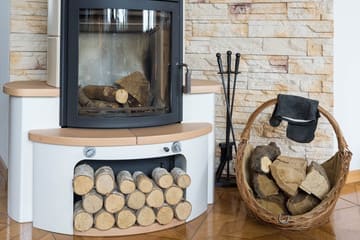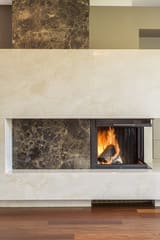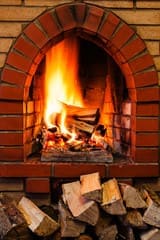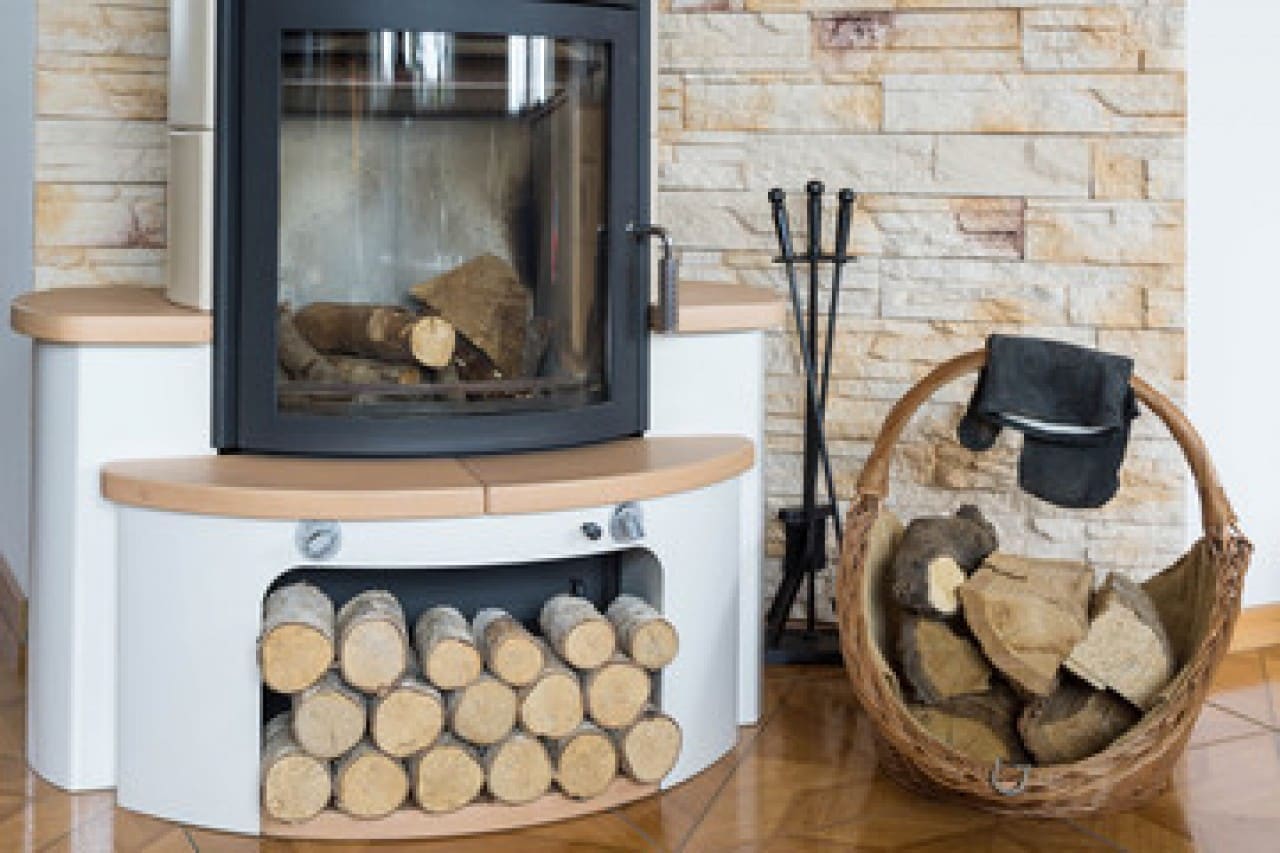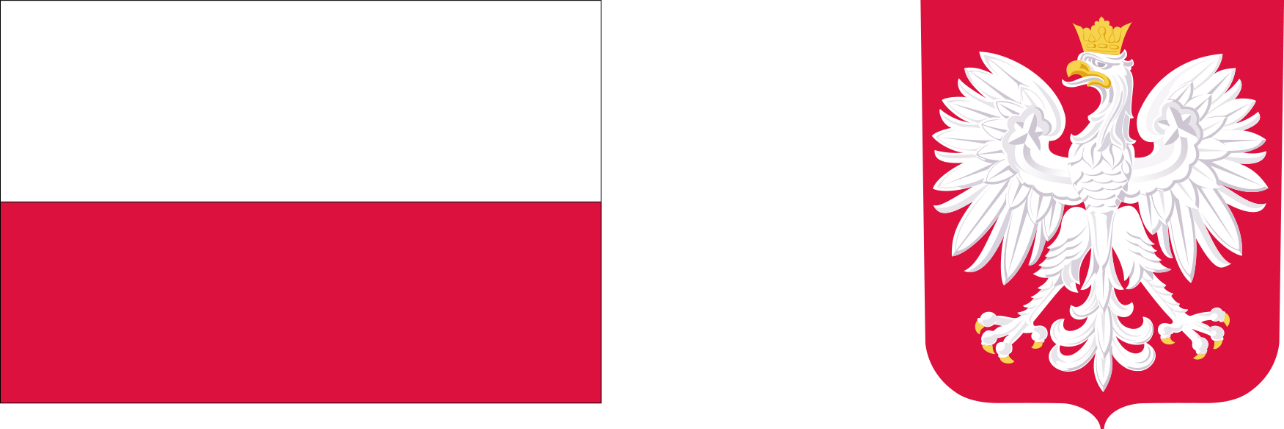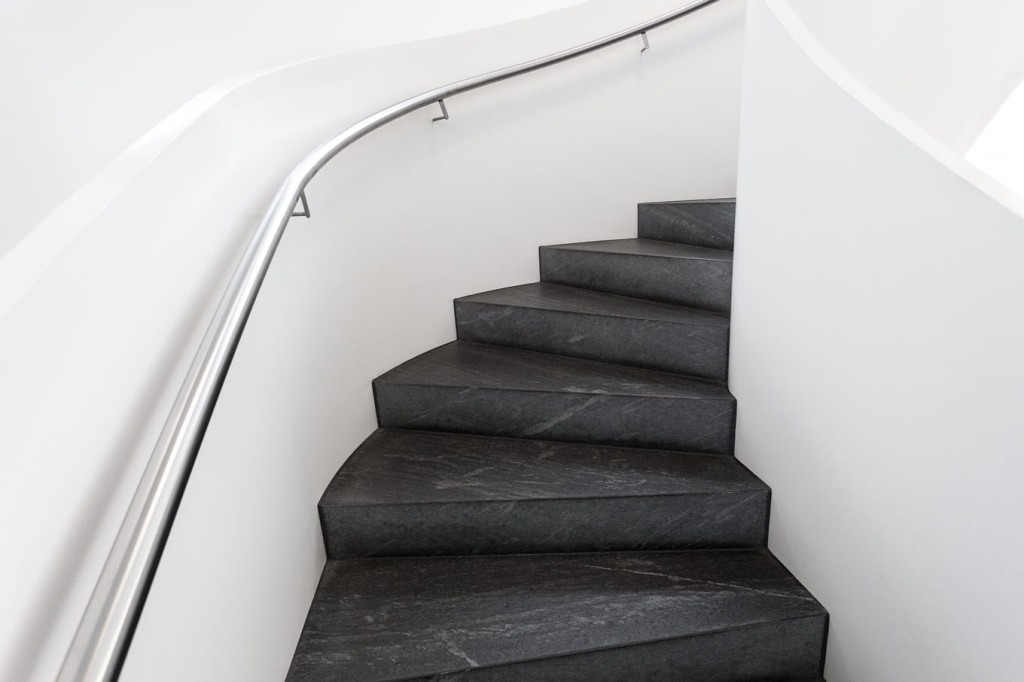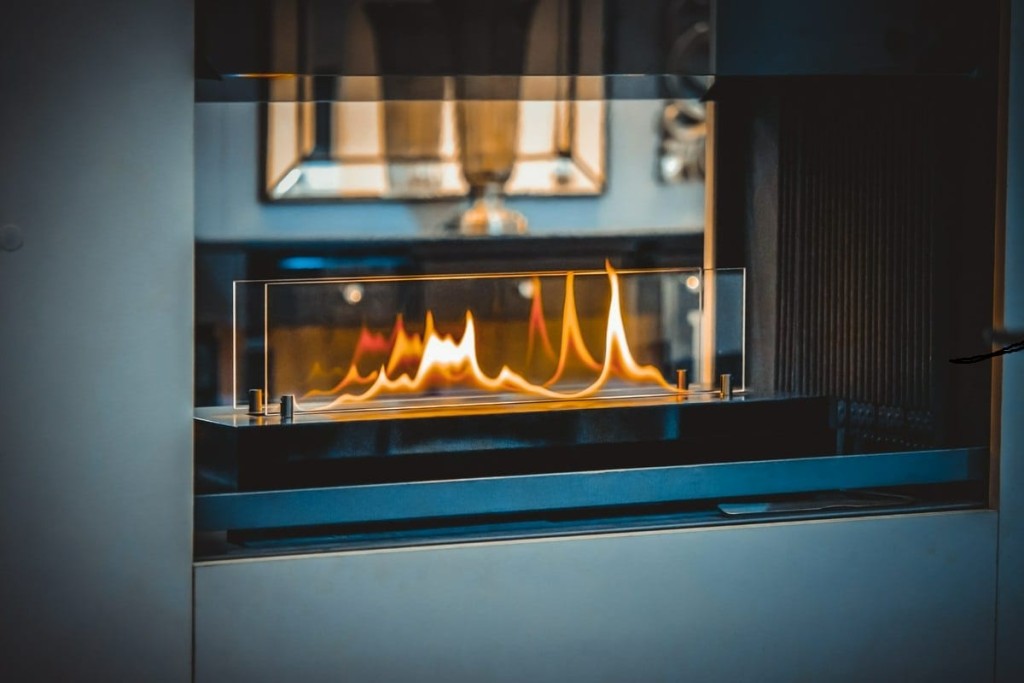How to construct a fireplace surround?
In western European countries, fireplaces with water jacket inserts are market leaders.
They are much in demand, as they do not only add a pinch of elegance to every interior but they also symbolise luxury. A fireplace surround is not difficult to be made. Quite the opposite, construction experts claim that anybody can produce one by themselves because it usually consists of three elements: a supporting structure, a casing and a hood. How to make a fireplace in a living room so that all the family can take delight in enjoyable moments spent together.
How to construct a fireplace?
First of all, we have to answer the question: what kind of fireplace suits us best? Fireplace heating system has to be installed by a specialist company. The surround, on the other hand, can be produced and mounted by us. All framing, particular elements of a central heating installation have to be tightly joined to prevent a tragedy, all the more so because one should always bear in mind that connecting pipes are exposed to temperatures reaching 1200 C.
Once the whole fireplace installation is ready, we can go on to construct a fireplace surround.
We should remember about the Polish regulations referring to fireplace installation such as Regulation of the Minister of Infrastructure of 12th April 2002 on technical requirements for the construction of buildings and their location (Journal of Law from 15th June 2002 , Article 132.3 and Article 141.1) Jeżeli zostanie już w całości przygotowana instalacja kominkowa możemy przejść do przygotowania jej obudowy.
How to assembly a fireplace in a living room?
1. A fireplace should be placed in such a place that it does not get in the way. A fireplace insert should be placed on a solid supporting structure and connected properly to the installation.
2. We fix the framing, to which the plasterboards and the mineral wool insulation will be attached.
3. We attach the profiles to the inner edges of the corbel structure remembering that the angle of inclination of the surround and of the profile should be adjusted in such a way that the plasterboards and the insulation do not meet the exhaust flue. 4. Before we finish the assembly of the whole construction, we should install a thermal wall and ceiling insulation.
5. The mineral wool should be glued to a wall between mountings of the profiles UD 27.
6. Once the wall and the ceiling are prepared, we can attach there the framing. In the case of the ceiling, we have to use CD 60 profile.
7. We glue the plasterboards to the framing and we go on to finish off the surround surface. To do this, we have to use gypsum finish.
8. The fireplace surround should be protected with aluminium corner profiles, which we embed in the layer of gypsum finish.
9. Once the profiles are mounted and properly secured, we can spackle all the places with screws to obtain a smooth, uniform surface and then paint it with any colour we want.
However, if do not want to waste our time to construct a professional fireplace surround, a bio-fireplace might be an alternative.
